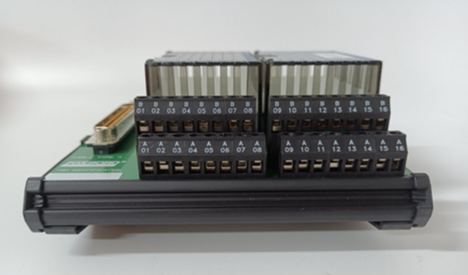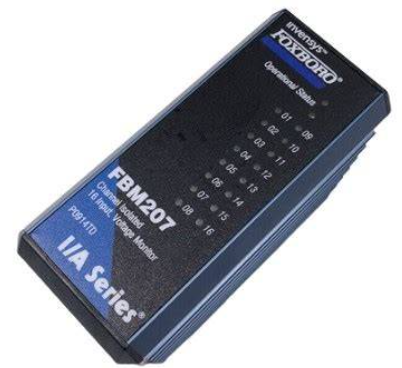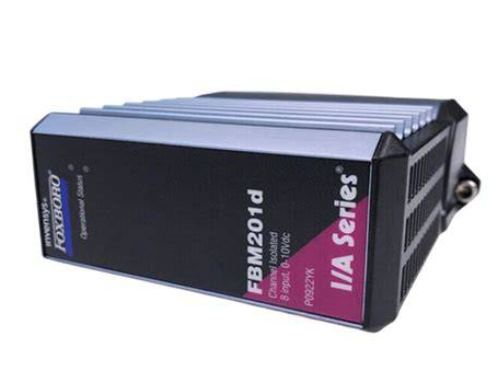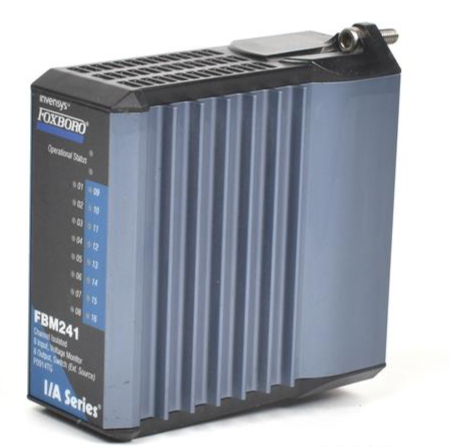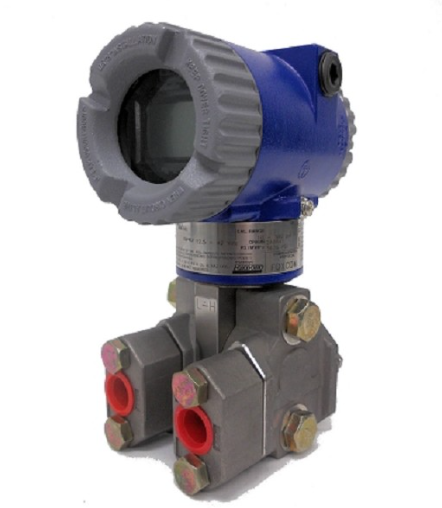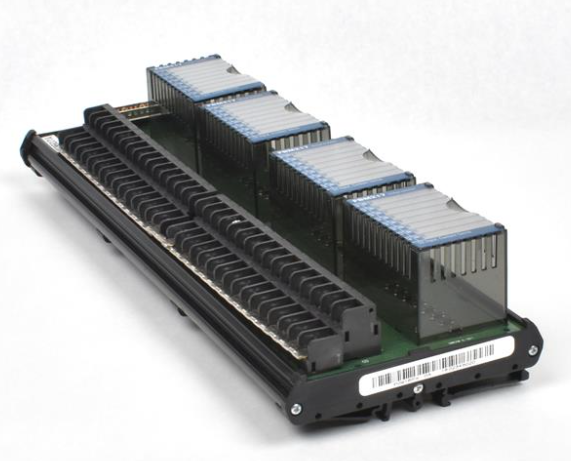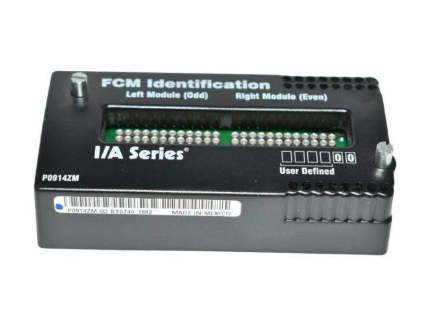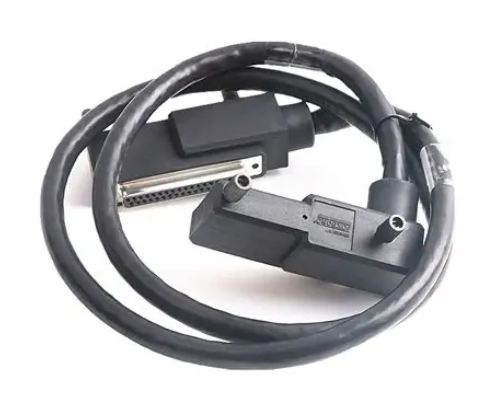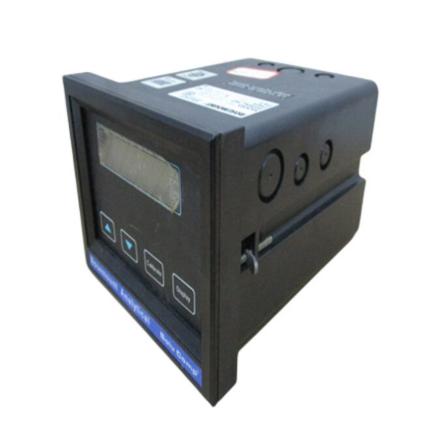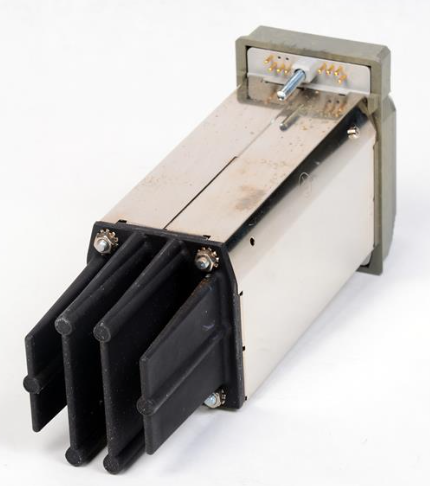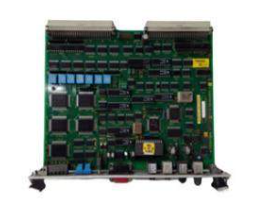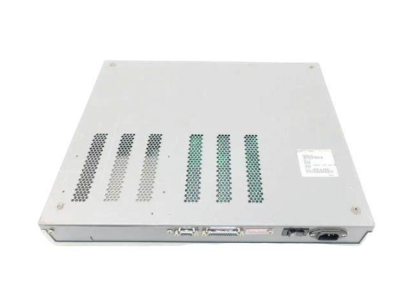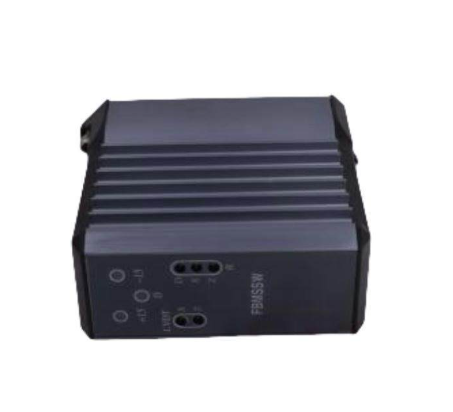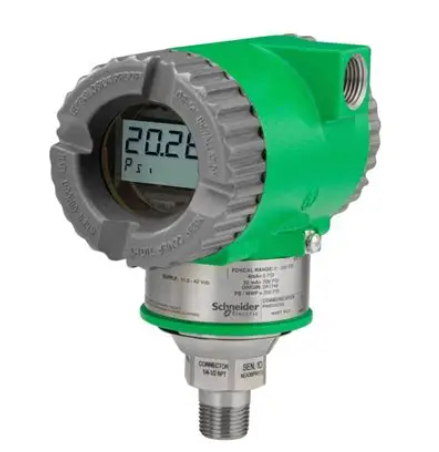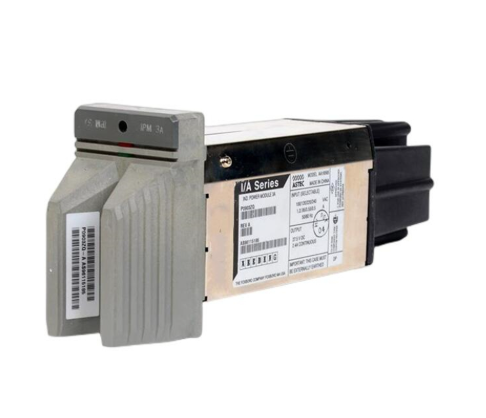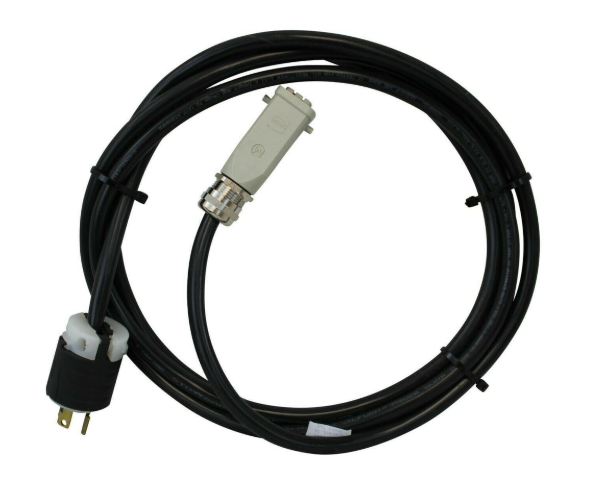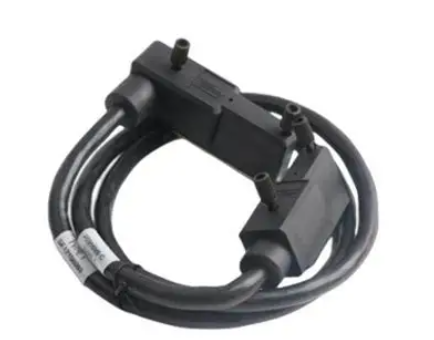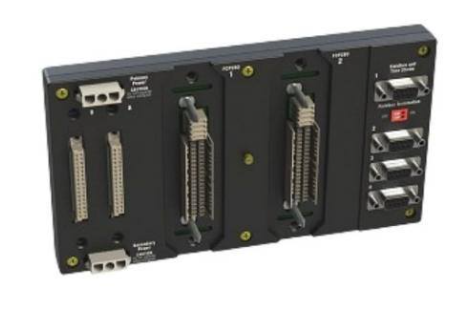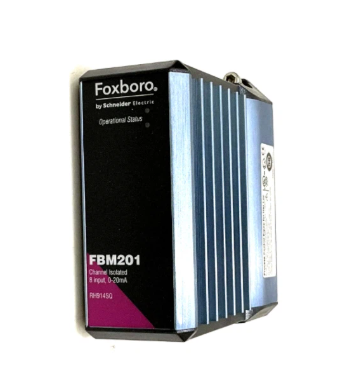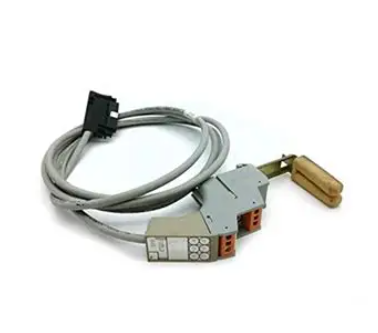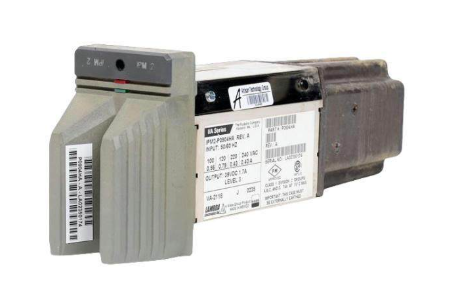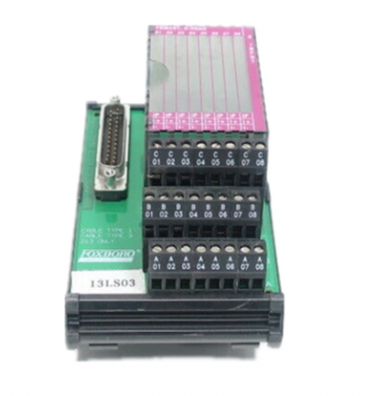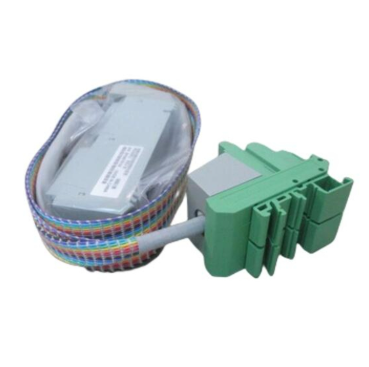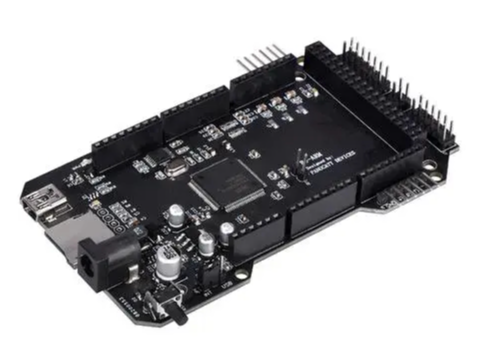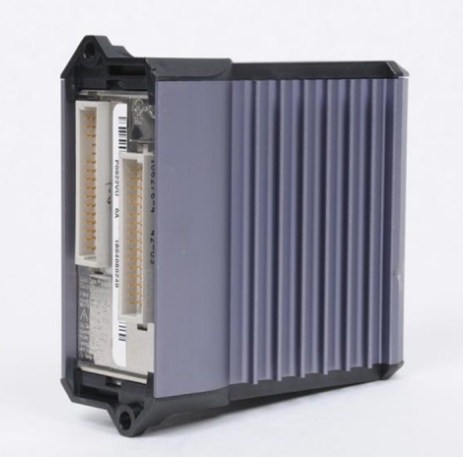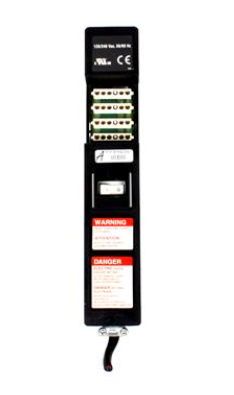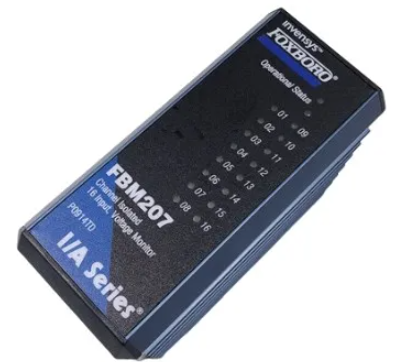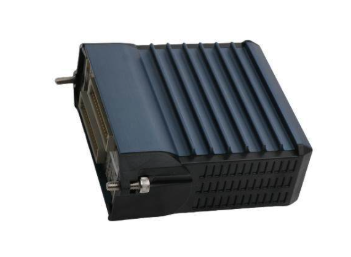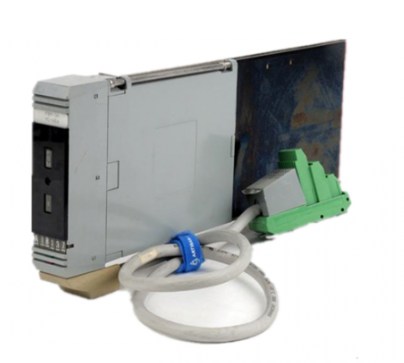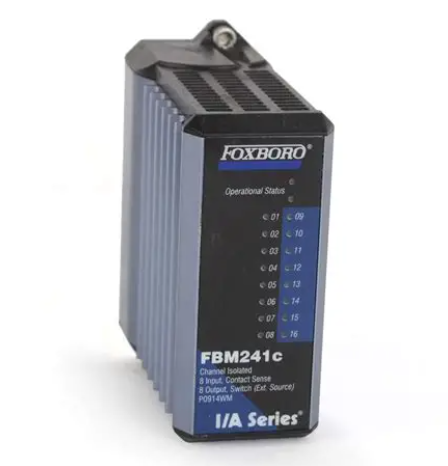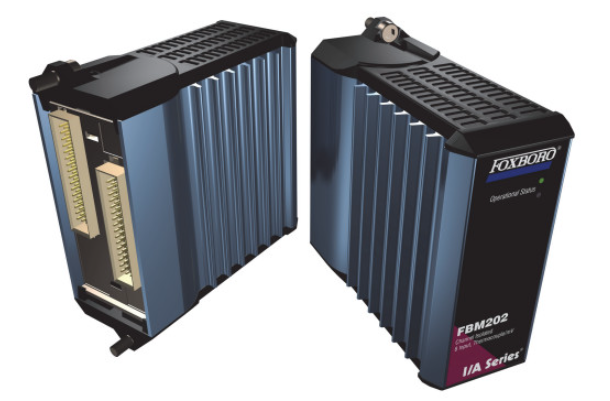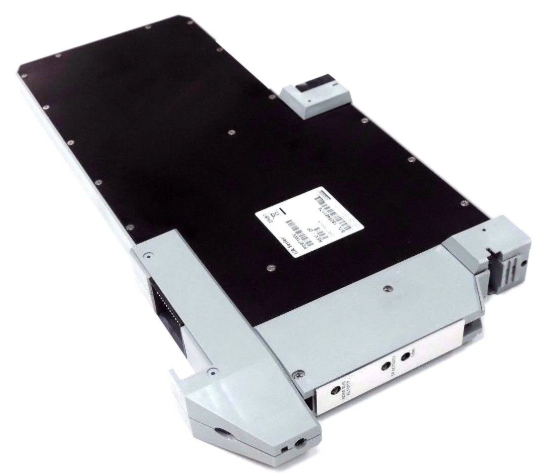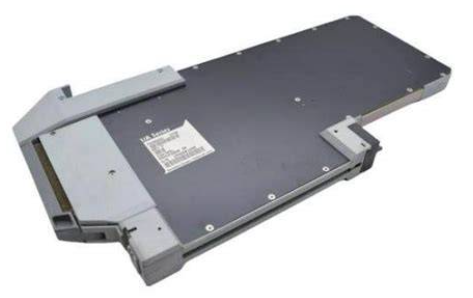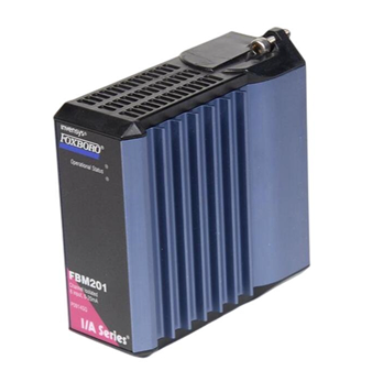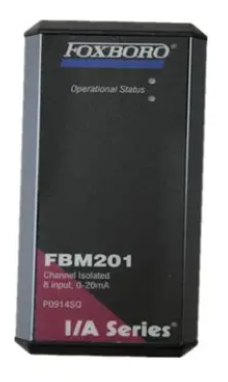The dispute of express mode -- network mode and warehouse allocation mode
E-commerce accounts for about 70% of the express business volume, and the differences in the supply chain of e-commerce platforms determine different express delivery modes. Online shopping is the core driving force for China's express delivery volume to maintain rapid growth, and the scale of e-commerce items generated by online shopping accounts for nearly 70%. Due to the difference in the supply chain model behind the e-commerce platform, the online express mode represented by Taobao (goods are distributed and distributed to consumers in the form of "single") and the warehouse distribution mode represented by Jingdong (distributed warehousing is adopted). Goods are dispatched from the warehouse). At present, e-commerce express delivery takes the network express mode as the main body, the network express mode accounts for more than 80%, and the warehouse allocation mode is small in volume and has rapid growth. Network express has the advantages of covering a wide area, cheap, flexible and convenient, suitable for non-standard products, the average performance cost is 5-7 yuan, and it will remain the main body of e-commerce express delivery in the long term, accounting for more than 80%. The warehouse allocation mode has the advantages of strong inventory management ability, fast order batch processing speed and high timeliness, which is suitable for standard goods and will grow at a faster rate in the future, but it is difficult to shake the e-commerce express delivery pattern based on network express delivery because it mainly serves self-run e-commerce, while the third-party market is more dispersed, and the cost of fulfilling orders is as high as 13-19 yuan.
The e-commerce market is oligopolistic, and the volume of express delivery mainly comes from e-commerce parts
E-commerce competition pattern: Ali, Jingdong oligopoly
Comprehensive e-commerce pattern has been initially formed, Ali, Jingdong oligopoly. According to the data of iResearch, in 2016, B2C e-commerce was ranked by transaction size (GMV), and the top four market shares were Tmall (56.5%), Jingdong (24.7%), Suning Tesco (4.3%) and Vipshop (3.5%), indicating a high degree of industry concentration. C2C e-commerce to Taobao as the representative, a dominant; The rest of the vertical e-commerce such as "mother and baby", "fresh", "cross-border" and so on to adopt a differentiated competitive strategy, the development speed is faster, but the volume is small.
Market share of B2C e-commerce transactions in 2016
E-commerce express delivery accounts for about 70% of express delivery business
E-commerce accounts for about 70% of the total express delivery, which is the main source of express business volume. In 2016, Alibaba and Jingdong completed 16.4 billion and 1.59 billion orders respectively, and Ali and Jingdong's express business volume accounted for nearly 60% of the entire industry. From the perspective of GMV volume, Alibaba achieved about 3.7 trillion yuan of GMV through Tmall and Taobao, and JD.com achieved about 658.2 billion yuan of GMV through its own and POP platforms. Ali and JD.com accounted for 86% of the online shopping market share, representing the market. Taking the GMV and order volume of Ali and Jingdong as reference, it is estimated that the average customer unit price of online shopping is 246 yuan. According to the transaction scale of online shopping market, the online shopping market produced about 21 billion e-commerce pieces in 2016, accounting for 67% of the total business volume of the express delivery industry.

Changes in the demand for e-commerce express delivery have a decisive impact on the demand for express delivery, and observe the supply side of express delivery, in addition to express companies there are other companies to provide logistics services. In the field of e-commerce express delivery, there is a business volume competition between traditional express delivery enterprises (mainly "Tongda") and e-commerce self-established logistics and third-party warehouse distribution enterprises. In the final analysis, which distribution mode is adopted is caused by the different supply chain operation mode behind it.
Express industry supply and demand diagram
Two distribution modes of e-commerce express delivery
Under the traditional business model (" multi-channel distribution "), goods are transferred from manufacturer - distributor - retailer - consumer in the form of "warehouse to warehouse" in a certain "batch", and physical objects are transferred step by step in space, in fact, distributors and retailers and even consumers assume the role of transportation, warehousing and distribution. However, under the e-commerce model, the distribution channel has changed from "multi-layer" to "flat", the goods reach the consumers in a faster and more convenient way, and the circulation of goods has formed two main modes: network express and warehouse distribution mode.
Network express mode and warehouse allocation mode
Network express mode: As the name suggests, it is through the network mode, and the e-commerce package to achieve the package - transit - trunk transport - transit - end distribution. For example, when buyers shop on Taobao, the goods are usually in the form of "single pieces", and the "collection, distribution and distribution" from the enterprise (seller) through multiple links with the help of "express delivery", and finally reach the dispersed consumers across the country.
Warehouse distribution mode: Warehouse distribution mode includes the two major business links of "warehousing" and "distribution", and the warehouse distribution mode is the logistics mode of sending goods directly from the warehouse to the customer. Logistics enterprises with integrated warehouse distribution can generally do inventory management, order processing, warehousing, distribution and other operations, representing enterprises such as Jingdong Logistics, Pinjun logistics, Suning Logistics, they mainly serve their own e-commerce platforms, shorten the delivery time of self-operated orders, and ensure the quality of service. There are also some third-party warehouse distribution enterprises, such as Xinyi Technology and Vientiane Logistics (the main business is Tmall supermarket warehouse distribution, the former focuses on warehousing, the latter focuses on distribution), Hair network, Northern Territory (the main business is to do warehouse distribution for large sellers on the B2C e-commerce platform).
Warehouse allocation mode and network express mode diagram
In summary, most third-party sellers of C2C e-commerce and B2C platforms mainly adopt the network express mode, while the self-owned products of B2C e-commerce and a small number of third-party sellers adopt the warehouse distribution mode. Take Ali and Jingdong two e-commerce giants: Taobao basically adopts the network express mode; Tmall supermarket, Miaosheng, Jingdong self-management basically adopt warehouse allocation mode; Tmall platform sellers and Jingdong platform third-party sellers according to their own distribution needs to adopt network express or warehouse distribution mode, currently mainly online express delivery.
Taobao: Non-standard products based C2C mainly use network express
Taobao, founded by Alibaba Group in May 2003, is the largest C2C comprehensive e-commerce platform in China. As of the first quarter of 2017, Taobao mobile terminal MAU (monthly active users) reached 507 million, forming a comprehensive retail circle including C2C, group buying, distribution, auction and other e-commerce models. Why Taobao sellers mainly choose online express delivery, there are mainly two reasons:
Taobao is a C2C model, Taobao sellers for most of the individual merchants, many sellers sell most of the non-standard goods, categories, small single amount, such as clothing, daily necessities, such products SKU a lot of single products, sales do not have scale, if the use of the national warehouse + landing distribution model, warehouse management and distribution is difficult.
In the development process of Taobao for decades, many platform sellers have generally established cooperative relations with network express companies, and express companies give fixed receiving time and preferential prices. This mode is convenient to operate and convenient to carry out unified national delivery.
Taobao's GMV proportion in Ali's entire network has decreased, and the average daily order volume is about 33 million. In recent years, the growth rate of Taobao GMV has gradually slowed down, and the proportion of Taobao GMV in Ali's whole network has decreased, and the proportion of Taobao GMV in 16 years has been 58.5%, a year-on-year decline of about 2.8pct. In 2016, the total order volume of Ali's entire network was 16.4 billion orders, with an average daily volume of 44.75 million orders, and the average daily volume of Taobao was about 33.02 million orders.
Tmall: standard-based dealers are super, and some scale sellers use warehouse allocation
Developed from the original Taobao mall, Tmall focuses on "quality" shopping and has 89,000 brand flagship stores, covering various categories such as clothing, shoes and bags, beauty makeup and skin care, home appliances and digital products, maternal and child toys, food and beverage. At present, the business of Tmall platform includes: third-party retail, self-operated super Tmall supermarket, self-operated fresh Meow Fresh, Tmall Electric City, Tmall International, etc.
Tmall supermarket: Adopt warehouse distribution mode
Tmall supermarket belongs to Ali's self-operated business, selling standard products, SKU single products are few. Online supermarket sales are basically standard products, SKU single products are few, single product sales are high, Tmall supermarket SKU currently has about 50,000, with high procurement and supply chain requirements, customer timeliness requirements characteristics, is the deep water area of e-commerce, Tmall supermarket is using the "warehouse + landing" model constructed with the rookie alliance. Tmall supermarket is a B2B2C model, and the ownership of goods in the warehouse of Tmall supermarket is that of suppliers or manufacturers. The logistics mode of Tmall supermarket is to hand over the goods to professional warehousing enterprises for inventory management, which is responsible for storage, packaging and delivery, and then urban distribution through local landing distribution enterprises with strong service capabilities. From warehousing to sorting and distribution, many different company subjects and sites need to subcontract.

Due to the high timeliness requirement of supermarket and the few SKU items, Tmall supermarket is suitable for efficient and professional warehouse allocation mode. At present, the annual growth rate of Tmall supermarket exceeds 300%, in the third quarter of 2016, the special warehouse of Tmall supermarket has been upgraded from 11 sub-warehouses to 19 big warehouses, and the localization operation of 11 cities has been upgraded to 31 local operations. The main warehousing enterprise of Tmall supermarket is Xinyi Technology, which has more than 30 regional distribution centers, more than 1,000 service outlets and a distribution network covering 318 cities across the country. Landing distribution enterprises include third-party distribution enterprises such as Vientiane Logistics, Vientiane began to undertake the distribution of Tmall supermarket in 2012, and the average daily distribution volume in Shanghai has reached tens of thousands of orders.
Tmall platform seller: network express + warehouse allocation model
Most sellers of Tmall platform take online express delivery, and a small number take warehouse distribution mode. Tmall sellers are mainly brand enterprise e-commerce, most sellers or the use of network express logistics model, some of the larger enterprise sellers (such as Li Ning, Jack and Jones) take the national warehouse model, and then the regional distribution company will quickly send the goods to the hands of customers, the current mainstream warehouse model has "child mother warehouse" and "parallel warehouse" two.
Some Tmall sellers choose to adopt the warehouse allocation model, mainly for the following three reasons:
This type of business has a large scale and will be divided into warehouses before the storage, which can share the pressure of warehouse management, order processing pressure and delivery pressure, especially in peak hours such as e-commerce promotion.
Merchants pursue high timeliness, shorten the average distribution distance, improve the distribution time and improve customer satisfaction through warehouse allocation mode.
The SKU types of goods of merchants are few, but the storage volume of a single product is large, even if the storage cost is higher, but the quantity is used to share the warehouse allocation cost.
The average daily order volume of Tmall supermarket is about 600,000, and the average daily order volume of Tmall is about 11 million. According to the research data, the average daily order volume of Tmall supermarket is about 600,000, which is equivalent to the volume of dozens of offline large supermarkets, and this part is all warehouse distribution mode orders. In addition to the single volume of Tmall supermarket, it can be estimated that the remaining single volume of Tmall platform is about 11 million.
Jingdong: Self-operated products, some third-party sellers use warehouse matching
Jingdong has two business models: one is a self-run model, and the other is a third-party model (Jingdong POP platform). Jd.com now accounts for about 57% of the overall business. The vast majority of Jingdong's self-operated business is to directly sign direct sales contracts with manufacturers, Jingdong purchases directly with manufacturers and suppliers, enters Jingdong's warehouse, and is directly distributed by Jingdong. The third-party model is mainly based on investment. Third-party sellers sell goods through JD platform, and JD is responsible for platform supervision and service.
Jingdong self-support: all adopt the warehouse allocation model
Jingdong self-owned products are all distributed through Jingdong self-established logistics. In 2007, Jingdong obtained the first financing and began to build a logistics system with one warehouse, and Jingdong Logistics began to develop. Jingdong's warehousing and distribution system is axle type, strong self-control, the whole of China is divided into 7 regions, the establishment of 7 logistics centers, each big warehouse has its own service radius, and finally form a three-dimensional logistics network layout of three levels (central warehouse, large warehouse, end). Therefore, Jingdong can achieve time-sensitive delivery services such as "211" limited time reach and "extremely fast reach".
Jingdong Open Platform (Jingdong POP) : The network model is mainly
Jingdong POP platform refers to the sales platform provided by Jingdong to third-party sellers. The POP platform is divided into four major models - FBP/LBP/SOPL/SOP. FBP stands for Fulfillment By POP, where sellers rely entirely on JD.com for both sales and delivery. LBP refers to Logistics By POP, that is, the seller entrusts the logistics service to Jingdong, and Jingdong issues the invoice to the consumer; SOPL refers to the Sale On POP&Logistics By POP, similar to the LBP model, but invoiced by the seller to the consumer; SOP refers to Sale On pop, where sellers sell goods on JD.com. Sellers pack consumer orders daily and deliver them by themselves or by express. Sellers issue invoices to consumers.
Most of the sellers of POP platform do not use Jingdong's logistics services, but use social network delivery services. Jingdong POP open platform adopts an open way for merchants to settle in. There are many types of POP merchants and many sales categories, and the commodity supply chain of most sellers is a typical non-standard supply chain. Therefore, most sellers of POP platform do not use Jingdong's logistics service, but use social network express service. Jingdong's overall daily volume is 4.35 million, Jingdong's self-support daily volume is about 2.5 million, and Jingdong POP is about 1.85 million. According to the proportion of GMV of Jingdong self-operated and POP platform, Jingdong self-operated orders are about 2.5 million orders, all of which are warehouse placement orders, while Jingdong POP is about 1.85 million orders, of which we estimate 70% are network express and 30% are warehouse placement orders.

Comparison between network express mode and warehouse allocation mode
The total business volume of network express accounts for more than 80%
Network express delivery is the main body of e-commerce express delivery, of which network express delivery accounts for about 84%, and warehouse allocation accounts for about 16%. It is estimated that in 2016, the volume of e-commerce express delivery is about 21.5 billion pieces, the average daily order volume is 58 million pieces, and the average daily order volume of Taobao is about 33 million pieces, accounting for 57% of e-commerce express delivery, which is almost all network express delivery. Combined with the data of other e-commerce suppliers, the average daily order volume of e-commerce express delivery in the network express mode reached 49 million, accounting for 84% of the entire e-commerce express delivery, constituting the main body of e-commerce express delivery. The single volume growth rate of warehouse allocation mode is higher than that of network express mode. Through the analysis of the data in the past three years, the growth rate of the express order volume of warehouse distribution providers in 15/16 was 48% and 66%, higher than the network express mode. On the one hand, we believe that the business volume base of warehouse distribution mode is small; On the other hand, it is the increase in the number of quality consumption of consumers, the increase in the number of online shopping of online supermarkets, e-commerce self-owned and brand merchants, which stimulates the increase in the number of warehouse allocation orders.
The network express logistics system is more sound
The network express mode has a network system, while the warehouse distribution mode has a warehouse network system. In contrast, the network express system is more sound and has a wider coverage. Network express enterprises have formed a relatively dense network system, established a logistics system for the distribution of transit centers, franchisees, and terminal outlets, which basically covers county-level cities throughout the country, and the warehouse distribution network takes the warehouse as a node to build transportation channels with landing distribution enterprises, and the scale and network density are not high at present.
Non-standard products are suitable for network express, and standard products are suitable for warehouse allocation
The warehouse allocation mode is suitable for self-operated e-commerce, the goods are standard products, the sales volume of a single product is high, and the customer has high timeliness requirements. At present, the warehouse allocation model is mainly applied to Tmall supermarket, Jingdong self-operated, Vipshop, which are typical of e-commerce self-operated. The applicable products are generally standard products, SKU single products are few, and single product sales are high, such as home appliances, 3C, and explosive goods. Due to high sales volume, high turnover, relatively low inventory cost, warehouse operation complexity is not high. Usually suitable for warehouse management, close to customers, nearby distribution to customers, customer response is high
- EMERSON
- Honeywell
- CTI
- Rolls-Royce
- General Electric
- Woodward
- Yaskawa
- xYCOM
- Motorola
- Siemens
- Rockwell
- ABB
- B&R
- HIMA
- Construction site
- electricity
- Automobile market
- PLC
- DCS
- Motor drivers
- VSD
- Implications
- cement
- CO2
- CEM
- methane
- Artificial intelligence
- Titanic
- Solar energy
- Hydrogen fuel cell
- Hydrogen and fuel cells
- Hydrogen and oxygen fuel cells
- tyre
- Chemical fiber
- dynamo
- corpuscle
- Pulp and paper
- printing
- fossil
- FANUC
- Food and beverage
- Life science
- Sewage treatment
- Personal care
- electricity
- boats
- infrastructure
- Automobile industry
- metallurgy
- Nuclear power generation
- Geothermal power generation
- Water and wastewater
- Infrastructure construction
- Mine hazard
- steel
- papermaking
- Natural gas industry
- Infrastructure construction
- Power and energy
- Rubber and plastic
- Renewable energy
- pharmacy
- mining
- Plastic industry
- Schneider
- Kongsberg
- NI
- Wind energy
- International petroleum
- International new energy network
- gas
- WATLOW
- ProSoft
- SEW
- wind
- ADVANCED
- Reliance
- YOKOGAWA
- TRICONEX
- FOXBORO
- METSO
- MAN
- Advantest
- ADVANCED
- ALSTOM
- Control Wave
- AB
- AMAT
- STUDER
- KONGSBERG
- MOTOROLA
- DANAHER MOTION
- Bently
- Galil
- EATON
- MOLEX
- Triconex
- DEIF
- B&W
- ZYGO
- Aerotech
- DANFOSS
- KOLLMORGEN
- Beijer
- Endress+Hauser
- MOOG
- KB
- Moxa
- Rexroth
- YAMAHA
- Johnson
- Westinghouse
- WAGO
- TOSHIBA
- TEKTRONIX


Email:wang@kongjiangauto.com




































